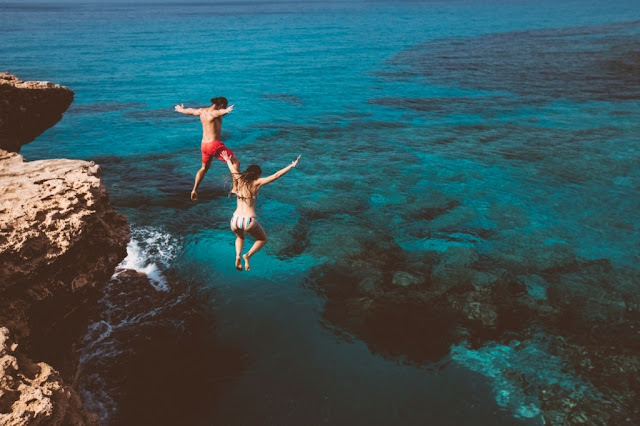The recent tragic storey of a young couple washed away by a large "sneaker wave" from an Oregon Coast jetty reminds us of the ocean's sudden, potent threat to our safety. We are constantly warned about rogue waves and rolling logs, rip currents, high cliffs and embankments, being caught in high tide, and even shark attacks. However, other dangers are rarely discussed; here are five of the lesser-known.
Break at the Beach
The massive waves that appear out of nowhere are frequently regarded as the most dangerous at the beach. These are the types of locks that enticed the young couple from Oregon. However, there is another danger lurking even in smaller, "regular" waves, referred to as shore break. It occurs in shallow water, up to waist depth, when small waves break abruptly, pulling swimmers off their feet and into the hard sand at the bottom, frequently paralysing them. Shore break can occur at any time of year, on any beach globally, and results in countless debilitating injuries — and sometimes death.
Jellies of the Sea
No, they don't have rows of razor-sharp teeth or their film franchise, but jellyfish, or sea jellies, are far more likely to injure you than any shark shortly. While most of these spineless creatures' stings are mild, some species can deliver a painful jolt and, in rare cases, be fatal.
Be Aware
We hear far too many stories of people wandering off trails and falling over cliffs along the coast, and the dangers of teetering precariously high on a ledge are apparent. However, little is said about falling off the cliff. While it may be tempting to find a nice, sheltered spot at the base of a beachside bluff, this can be dangerous, especially if the location is beneath an outcropping and especially during the winter, when storms and large waves have the potential to erode the shoreline, increasing the likelihood of collapse and landslides.
Pollution
While the beach appears to be clean and pleasant (most of the time), contaminants in the sand and water make people sick throughout the world. Beaches near heavily industrialised areas and wastewater treatment plants are particularly polluted, but even remote coastlines are affected. On our shores, human pathogens such as viruses and bacteria, heavy metals such as lead and benzene, and toxins such as the infamous "red tide" algae bloom all pose hidden dangers.
Scratches and nicks
Believe it or not, cuts, bruises, sprains, broken bones, and head injuries are the most prevalent yet under-reported beach hazards. Bicycle and skating accidents are common on populated beaches. In more remote areas, visitors frequently injure themselves on rocks or driftwood, cut themselves on sharp barnacles or seashells, or trip, slip, or fall in the sand.
This list is far from exhaustive, but it serves as a stark reminder of the myriad dangers that can lurk beneath the radar. Visits to the coast can be one of the most rewarding and memorable experiences of your life, with each trip offering something unique. However, enjoyment comes with the responsibility to be aware of potential hazards, both large and small.


Comments
Post a Comment